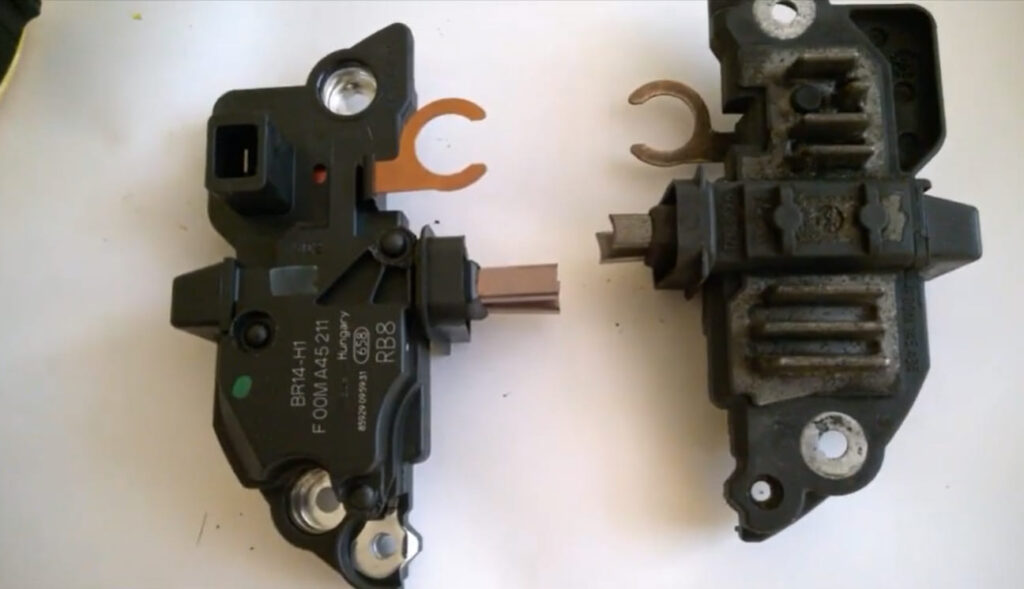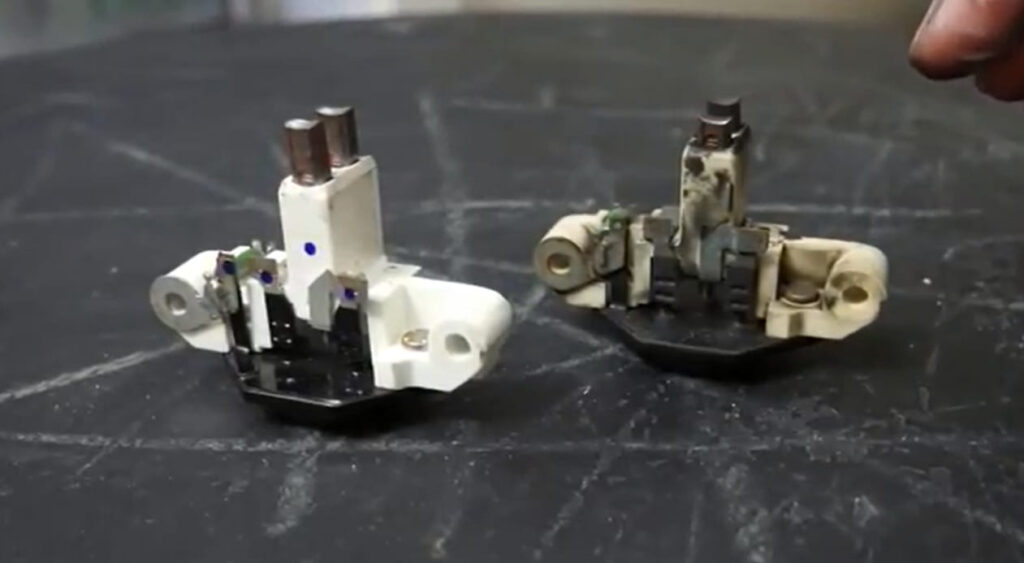Volvo voltage regulator problems can be a concerning thing to encounter.
After all, you rely on the voltage regulator to get your engine to work efficiently. It also helps to prevent stalling issues and electrical damage to your vehicle.
So, what are the signs, causes, and solutions to these voltage regulator problems? Let us have a look at them and get them fixed up once and for all.

Volvo Voltage Regulator Problems Symptoms
Your car’s charging system is made up of several components. This includes your voltage regulator, which is important in ensuring an efficient and worry-free driving experience.
One of the most common signs that your voltage regulator is acting up is when your engine stalls. This, in combination with the battery warning light illuminating on the dashboard are signs that your voltage regulator is not at its best.
Moreover, the voltage may spike, causing some problems to your vehicle’s electrical parts. The headlights may also flicker, which is why it is best to have these issues resolved.
Below, we discuss further what these symptoms are and what you can do about them.
1. Very high voltage in your battery
Your voltage regulator may fail because of a very high power supply to your battery. But it can also stop sending ample voltage, so either way, it is not ideal to have this problem unresolved.
When your battery is fully-charged, this should have 12.6 volts. However, there are batteries with over 13 volts while your alternator continues to charge them. But when you go beyond this number, it can be very damaging to the battery. Hence, it may feel warm and it can even warp. When you leave it long enough in this condition, it can even explode or crack.
2. Dead Battery
Your battery gets more than enough voltage when the regulator fails to divert power when it needs to. Thus, if it is not getting the right voltage, the battery will be dead. This is why you may have starting issues with your battery, which can be a big problem to deal with.
3. Check engine light
No matter which one of the two is apparent – your battery is overcharged or without any charge – the sensors will trigger the battery or check engine light to turn on. So, if you notice these lights are on, then you should pull over and take your car to a safer place. Your vehicle may die or the battery may overcharge and then explode. These are dangerous situations you would not want to deal with.
4. Electrical components are operating inconsistently
Whether it is your dashboard lights, radio, or other components, these may be working inconsistently when you have a problem with your voltage regulator. If you notice any strange and unusual electrical scenarios in your vehicle, it could be due to a high or low voltage that your voltage regulator is causing.
5. Vehicle stops
When there is insufficient power sent to your battery, your vehicle may simply stop and shut off. Your car relies on voltage to operate. Thus, if there is not any sent to it, then it will simply stop as the alternator fails entirely.
6. Dimming lights
As we have mentioned earlier, your car needs ample voltage to work properly. This is why when you notice pulsing lights or the lights get dimmer and brighter and then back to dim, the voltage regulator is not maintaining the required voltage. And once the regulator starts to fail, the lights simply turn dim.
Dealing With Volvo Voltage Regulator Problems

The very first thing you need to do when you encounter these issues is by locating your alternator. The voltage regulator should be in there, and you need to check the condition. In some cases, it simply needs to be repaired but in other instances, especially when the problem is severe, a complete replacement is required.
A typical voltage regulator costs about $70 to as much as $200. As for the labor cost, it can go as low as $50 to as high as $250. This all depends on where you are and the extent of damage.
Furthermore, you may also have to replace the alternator. But for some cases, just a regulator replacement should suffice.
But in the event that you also have to replace the alternator, this is typically about $200 to as high as $500 for only the replacement part. Labor costs can be as steep as $100, especially if it is a more complex job.
However, if you possess some mechanical skills, you should be able to replace your regulator and alternator yourself. This should spare you from having to pay expensive labor fees on top of the replacement items.
Read More: Understanding the Common Volvo D4 Engine Problems (And How To Fix)
Wrap Up
Volvo voltage regulator problems are caused by a failure in your regulator or alternator. There are also many symptoms of this issue, which you need to pay close attention to prevent serious problems.
We hope these tips have been helpful in guiding you towards the best route to take when dealing with voltage regulator problems and how to address these correctly.